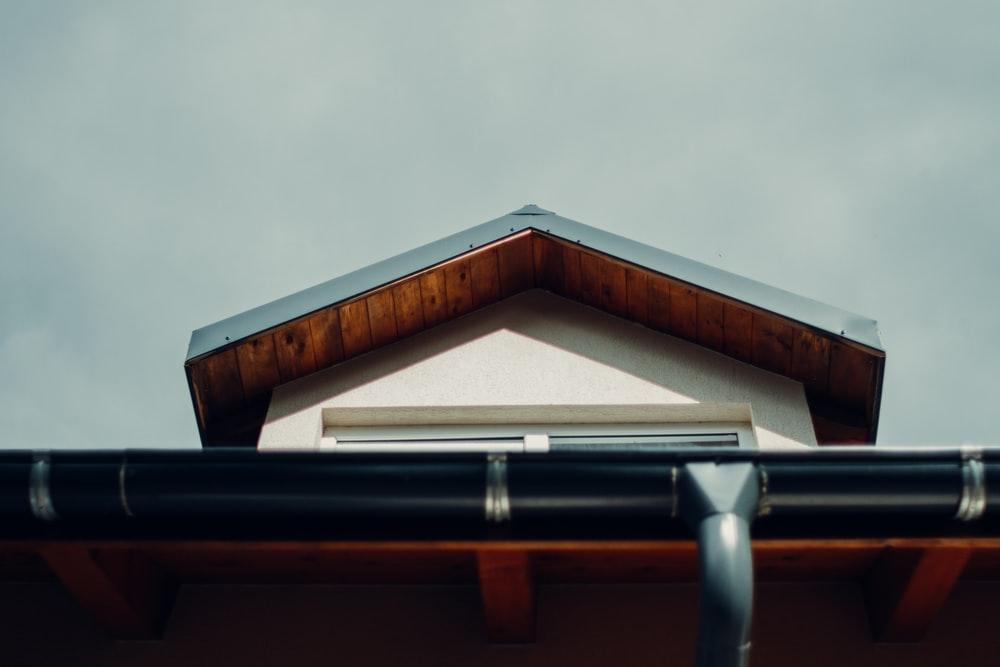Table of Contents

Inspecting and Cleaning your gutters at least twice a year will make it easier for you to identify issues before they turn into major problems. However, even with regular maintenance, your gutters will eventually need to be repaired or replaced. Look out for these signs to determine when it’s time to replace your home gutter system.
Water leaks behind gutters
When installing gutters, the leading Wellesley roofing contractor advises that the back of the gutter should be placed right behind the roof flashing. Installing the gutters without any flashing on the gutter causes water leakage behind the gutters.
Sagging gutters
When you notice your gutters sagging or pulling away from the fascia board, this is a sign that the brackets have become loose or the gutters are holding excess weight. Luckily, sagging gutters caused by loose brackets can be easily fixed with just a few tools and a ladder.
If the sagging results from excess weight, you might be forced to replace the gutters with an oversized downspout so they can hold the weight when there is a heavy downpour or a lot of melting snow.
Rust and paint damage
Gutter paint is designed to withstand typical weather throughout the seasons. Any signs of peeling paint or rust mean that the water is present on the surface continuously. It is important to look out for clogs and unblock them to get the water flowing. Light rust can be removed using a wire brush. If left unattended, rust could cause the gutters to shatter and break.
Seam stress
The guttering system functions well only if they are well fastened together. Every connection on your gutter needs to be sealed as gutters that separate from the house and each other open your home exterior to water damage.
Seam stress is common in old gutters and those that collect large amounts of debris. Too much pressure on the seams tends to separate and result in leaks. If your gutters are falling apart at the seams, it’s time for new ones.
Pools of water and mildew
If you notice pools of water or mildew near the foundation, it could indicate one or two things. Either there is a defect in the gutter system, or the gutters are clogged and not working as intended.
Water constantly pouring near a foundation can leak into the basement, leading to allergies and damaging your house paint. Replacing the defective section of the gutter and downspout could help you avoid costly, time-consuming repairs.
Cracks, splits and holes
Small cracks on your gutter may not seem like a big issue, but over time, small cracks will eventually turn into large fractures in your guttering, causing rainwater to leak into your fascia or, even worse, your house. You might get by with a few repairs, but extensive cracking is a reason to consider a replacement.
Endnote
Investing in an adequate gutter system and periodic maintenance can save you a lot of headaches from damage to your house and yard. There are some gutter problems that you can fix on your own. However, when it comes to major gutter repairs and replacements, it is best to leave that to professionals.







